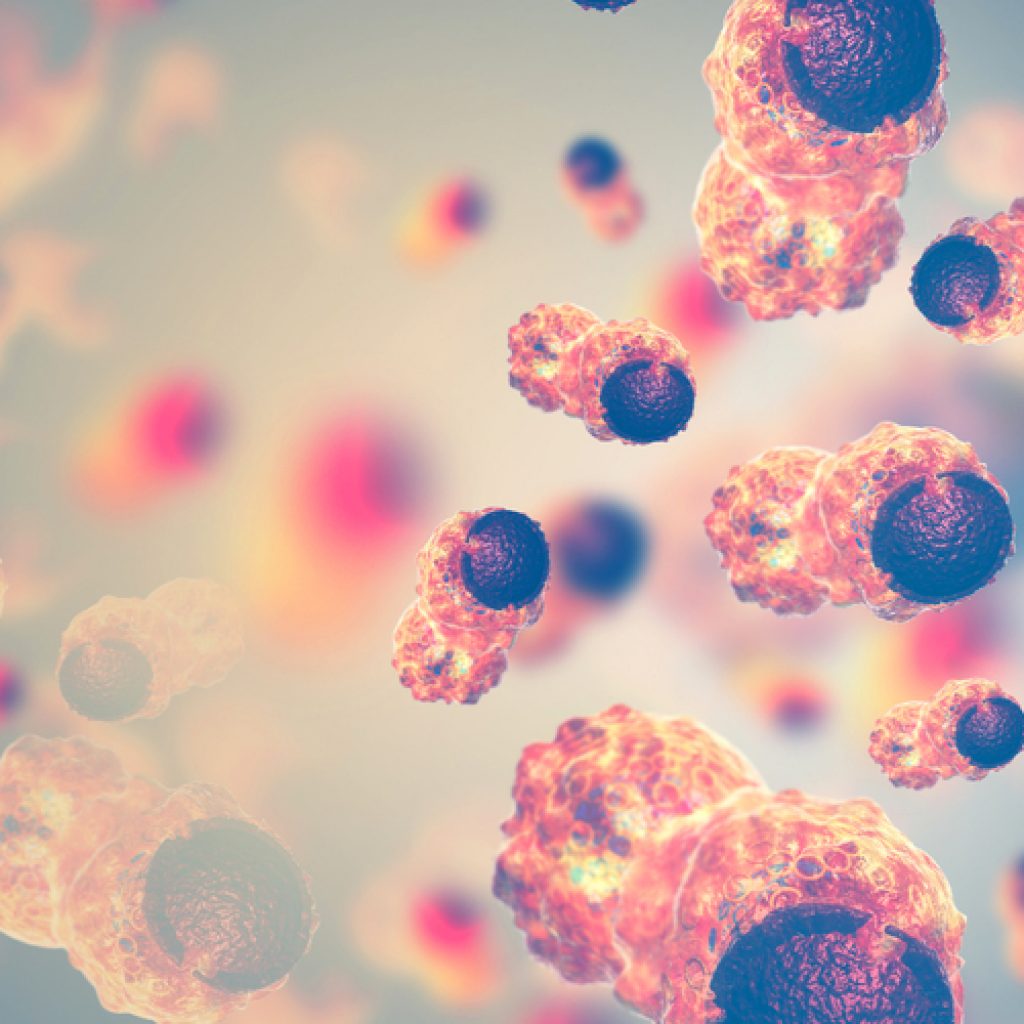
CT scans can be used to diagnose a range of health conditions and diseases, and one of its most common uses is to detect tumours and help with the diagnosis of cancer. CT scans are also able to be used during the treatment process to monitor tumours and assess the efficacy of the treatment.
If you experience symptoms of cancer, you may be advised to have a CT scan. Your doctor will recommend a scan based on the form of cancer and the information they need to draw up a treatment plan. CT scans expose individuals to a low dose of radiation, and the benefits and risks will be weighed up before the scan in every case. CT scans are not recommended for pregnant women and they are not usually used for children, except in circumstances where doctors suspect a serious illness and the child will benefit from the scan.
Preparing for a scan
In some cases, you will be asked not to eat for a period of around two hours before the scan. When you get to the hospital, you will be asked to remove any clothing that has metal fastenings, as well as earrings, contact lenses, dentures and piercings. Before the scan, you may be given an injection or asked to swallow contrast medium. Contrast medium is dye, which is used to make the images clearer and distinguish blood vessels from other structures inside the body.
If you feel nervous about the scan talk to your radiographer, who you can ask any questions concerning the scan. Your radiographer will also ask you some questions about your general health, medication and if you suffer from any allergies.
During the scan
During the scan, you will pass through the scanner on a motorised bed. While you move through the scanner, the X-ray machine will capture images of your body from a number of different angles and these images will then be sent to a computer. Once the data is on the computer, detailed 3D images of the body can be generated. During the scan, the radiographer will operate the machine and they may also ask you to breathe in or out or hold your breath at certain instances. The radiographer will not be in the same room as you but you will be able to hear them and talk to them via an intercom system.
After the scan
After the scan you should be able to go home, although some doctors recommend waiting around an hour to check that you feel fine after the scan. You should be fine to drive and you can eat and drink as you wish. The scan images will be analysed by a radiologist and a report will be sent to your doctor, who will then discuss the results with you and, if required, a treatment plan will be drawn-up.